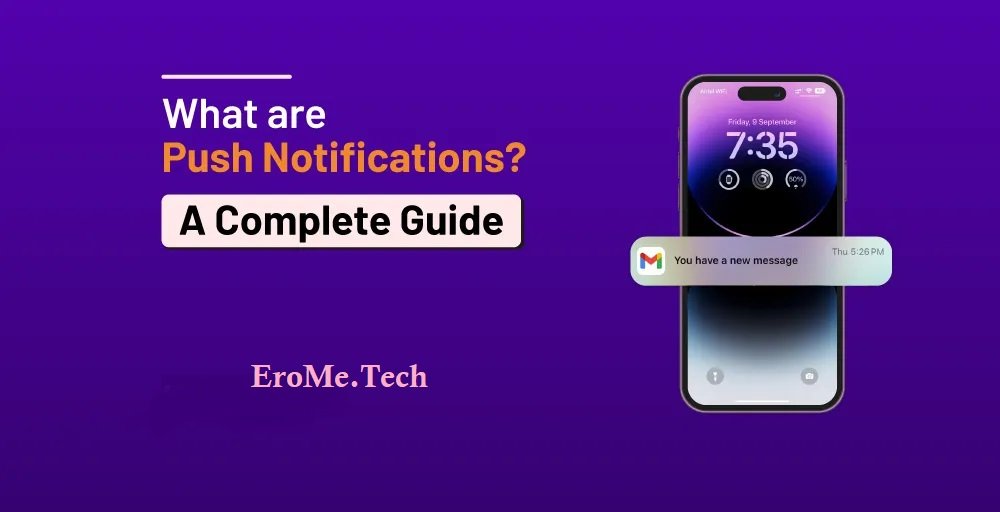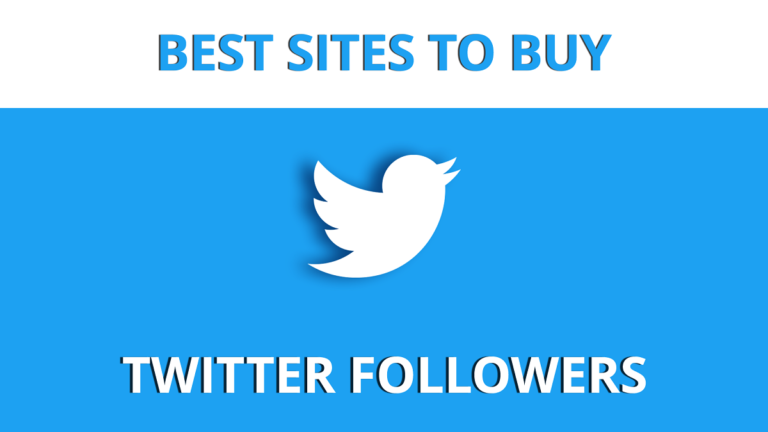Silent Power: How Notifications Push Shape Modern Digital Engagement
In a world flooded with content, reaching the right user at the right time has become the ultimate challenge—and the ultimate goal. From mobile apps to websites, brands are in constant competition for attention. In this hyper-connected age, winning just a few seconds of a user’s focus with notifications push can make or break conversions, loyalty, and growth.
Email marketing, social media, and SMS are still essential channels, but each has its own limitations. Emails may end up unread, social posts are quickly buried in algorithms, and SMS can feel invasive. What modern businesses need is a method that is immediate, permission-based, and easily adaptable across platforms.
That’s where push technology enters the scene. Push notifications deliver timely, bite-sized messages directly to users’ devices—on mobile, desktop, or browser—without the need for the user to actively seek them. They’re fast, responsive, and when used with care, incredibly effective.
A New Era of Communication
Notifications push have transformed how organizations interact with their users. Whether it’s a news app sending breaking headlines, an e-commerce store reminding a customer about a flash sale, or a productivity tool nudging users about deadlines, push technology enables real-time digital conversations.
Unlike traditional communication tools, push notifications don’t wait to be discovered—they’re delivered directly to users’ screens. That makes them powerful. But it also means they must be used responsibly. One well-timed push message can re-engage a user. Ten poorly timed ones might lead to an uninstall.
Types of Push Notifications
Before exploring their strategic use, it’s important to understand the various formats:
- Mobile Push Notifications: Delivered through apps on iOS or Android devices.
- Web Push Notifications: Browser-based, these can reach users on desktop or mobile even if the website isn’t open.
- In-App Notifications: Shown within a mobile or web app during active sessions.
- Transactional Notifications: Triggered by actions like purchases, password changes, or confirmations.
Each type serves a different purpose, but all aim to deliver information quickly, efficiently, and in a highly visible way.
Why Notifications Push Work So Well?
At the core of any effective user engagement strategy lies immediacy and relevance—two areas where notifications push truly shine. These alerts are not just messages; they are real-time connectors. Whether it’s a gentle reminder to check out a saved item or a breaking news flash tailored to a user’s interests, push notifications offer context-sensitive value.
The reason they’re so impactful is due to a combination of timeliness and placement. Appearing directly on a lock screen or desktop, they break through the digital clutter. Moreover, since users must opt in to receive them, the audience is typically more receptive, leading to higher open and interaction rates compared to emails or ads.
Notifications push also allow for deep personalization. Based on location, behavior, browsing history, or preferences, businesses can send messages that feel tailor-made—resulting in more clicks, more engagement, and ultimately, more conversions.
Best Use Cases for Push Notifications
Push notifications are remarkably versatile. Here are some common—and effective—ways they’re used across industries:
- Retail & E-commerce: Abandoned cart reminders, order updates, flash sales, loyalty points.
- Media & Publishing: Breaking news, trending stories, personalized content alerts.
- Banking & Finance: Transaction alerts, fraud warnings, investment updates.
- Travel & Hospitality: Booking confirmations, itinerary changes, check-in reminders.
- Education & EdTech: Course updates, assignment reminders, webinar announcements.
These examples only scratch the surface. Any organization looking to build habitual user engagement can benefit from a smart push notification strategy.
Guidelines for Effective Implementation
To make the most of notifications push, businesses must focus on value and user experience. Here are key principles to follow:
- User Consent First: Always ask permission clearly and honestly. Forced opt-ins reduce trust.
- Be Timely and Relevant: Push the right message at the right time. Delays or poor targeting reduce impact.
- Use Clear and Actionable Language: Say exactly what the user needs to do next. “Tap to view,” “Buy now,” or “Read update” performs better than vague messages.
- Limit Frequency: Don’t bombard. Even loyal users have limits.
- Provide Easy Opt-Out: Transparency and control build trust and long-term engagement.
Risks and Missteps to Avoid
Push notifications can become a double-edged sword if misused. Overuse, irrelevance, or poor timing can lead to opt-outs, app uninstalls, or even complaints. Some common mistakes include:
- Sending too many messages in a short time
- Ignoring user behavior or interests
- Using clickbait-style messages that disappoint on follow-through
- Failing to offer value in every alert
A thoughtful approach ensures that the technology enhances user experience rather than interrupting it.
The Future of Notifications Push
As personalization technology becomes more sophisticated, the future of notifications push will be defined by smarter automation and deeper contextual awareness. We’re moving toward a world where notifications aren’t just relevant—they’re predictive.
Imagine a shopping app that reminds you to reorder your favorite item just when you’re about to run out, or a calendar tool that notices your meeting habit patterns and adjusts alerts accordingly. This level of “invisible intelligence” will make push messages feel less like marketing—and more like helpful assistance.
AI will also play a role in timing, tone, and targeting, learning from user behavior to optimize delivery and content over time.
Conclusion:
Notifications push are more than just buzzworthy tech—they are essential tools for maintaining meaningful connections in the digital age. By enabling real-time, targeted, and opt-in communication, they help brands stay close to users without overwhelming them.
But with this power comes responsibility. Brands must be selective, intentional, and user-first in their approach. The payoff? Increased engagement, stronger loyalty, and a direct path to your most valuable users—one push at a time.







